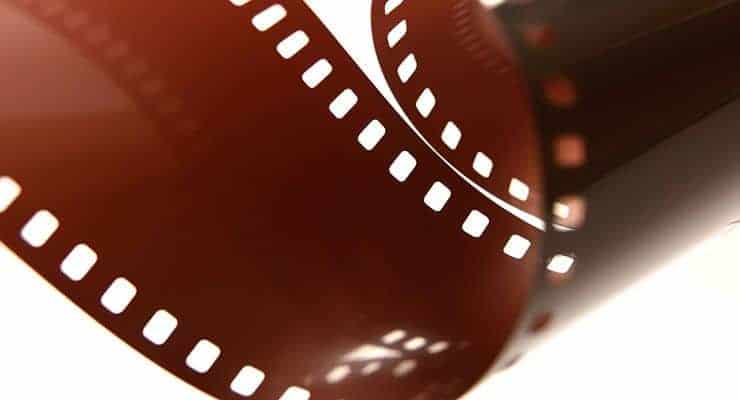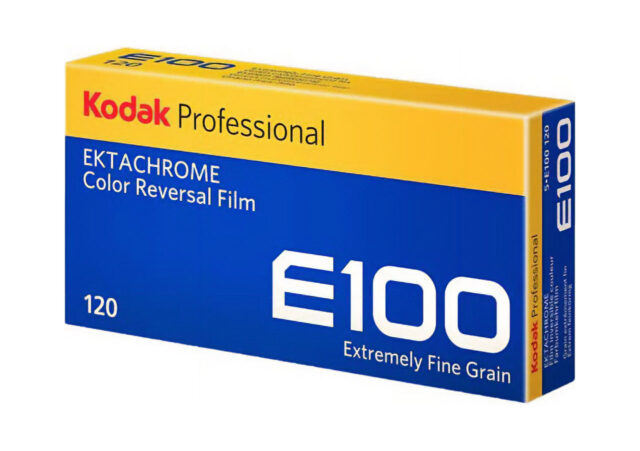
In ye olde days of film commercial photographers had a simple formula for pricing professional film. We doubled the cost of the film and processing and the same was true for Polaroids. This covered the expense of buying film, refrigerating, testing for batch variances, processing, travel to/from the supplier and photo lab plus spoilage. It was also easy maths!
Some commercial photographers did process their own colour film (in Australia an inane 1990s tax law meant you had to develop film in order to be considered professional). Processing colour film yourself consumed time, expenses and increased risk. Small semi-professional units were often used that were labour intensive and subject to human error.
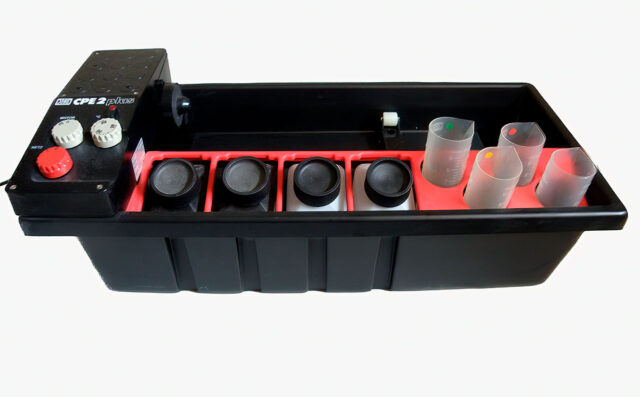
Digital changed all that!
Digital capture doesn’t mean unlimited shots without costs. While there is no film expense and subsequent scanning costs, digital brings higher costs in labour and equipment.
Unlike digital imaging, analog film photography equipment could last decades and depreciated slower. Advances in film was where the improvements came that improved the technical quality of the image. New film technology gave the same results whether used in a camera from 1982 or 2022.
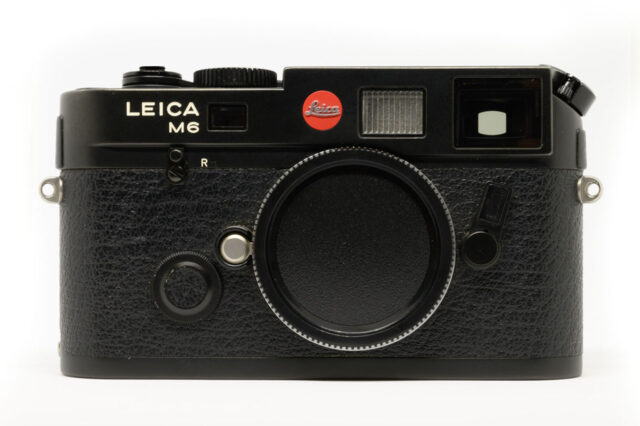
Film was used and priced as a consumable. Improvements to digital image quality comes from new sensors and software. You can’t swap a sensor like you can film so photographers need to invest in new equipment, more often.
While processing your own film consumed time, money and added risk, digital image processing multiples that tenfold. Typically processing digital raw camera files takes 50% to 100% of the time it takes to capture them. In other words, a day photographing could mean another day processing the images.
A high end digital image workstation can easily cost several thousand dollars taking into account ancillary items like monitors, external drives, back up and software. Add video and you’re now looking at tens of thousands of dollars for equipment and post-production. Just like cameras all this needs redundancy and be updated regularly.
Who cares?
Clients don’t need to know or care what it costs to run a photography business. They look at the results, personality and price. In an open market professional photographers come and go. It’s a tough slog as a long term career. Every professional photographer has a different cost of doing business depending on where they’re based and area of specialisation.
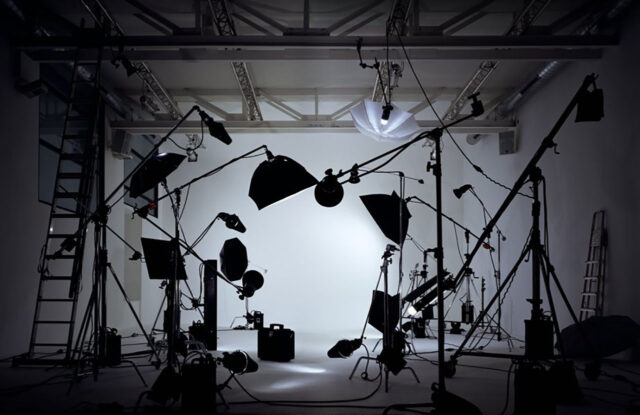
Newcomers won’t have as many overheads but soon learn there are some areas where there are no shortcuts. For example insurance or back up equipment. Why do I need two of everything (cameras, lenses, lighting, computers, hard drives, etc,)? If When something goes wrong that back up is essential as is insurance for public liability, business, equipment and staff.
This, along with talent and decades of experience, is what makes a photographer professional.
